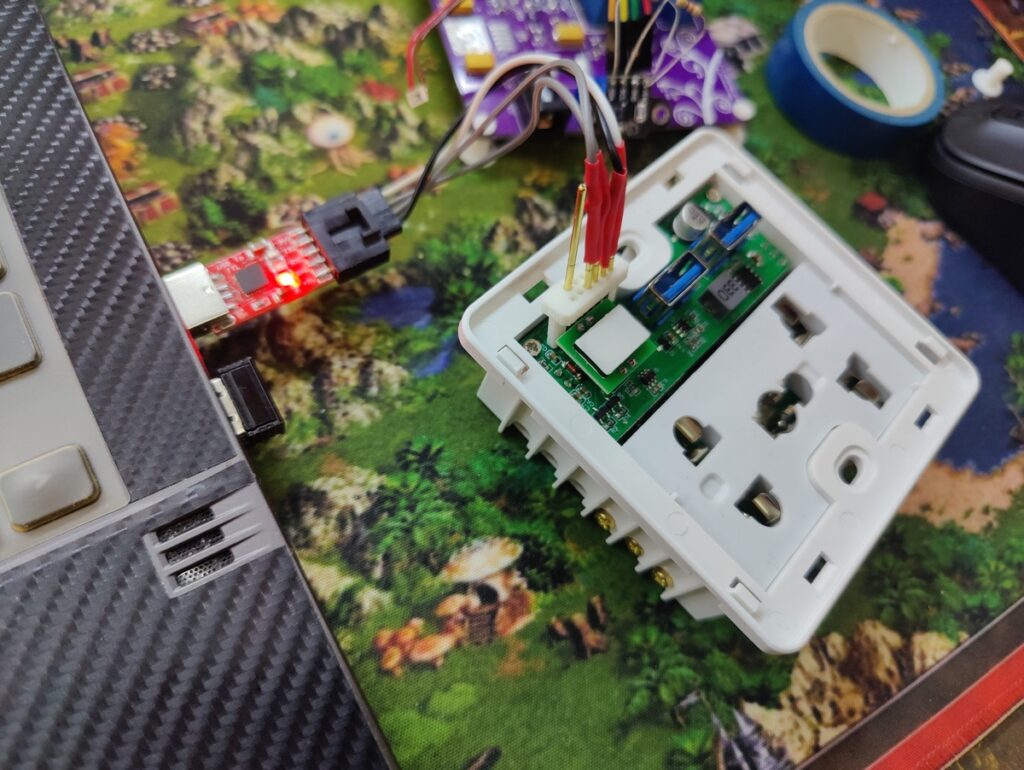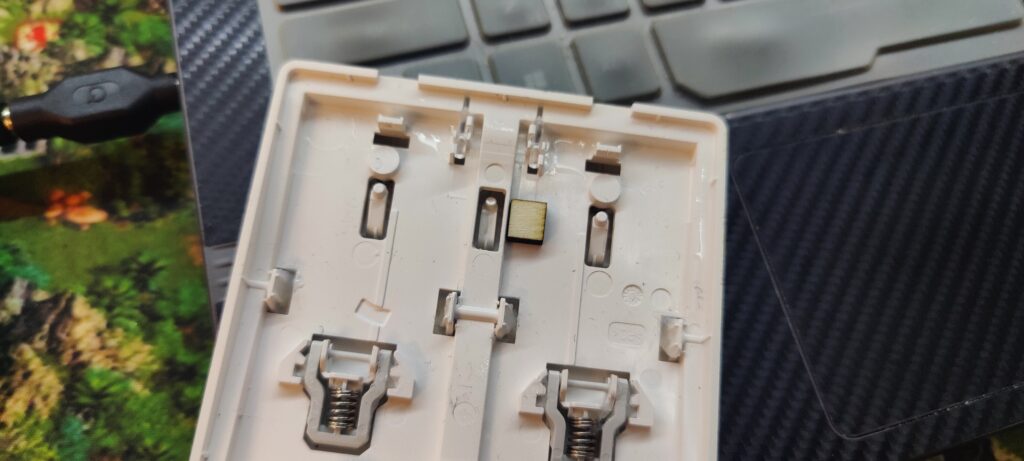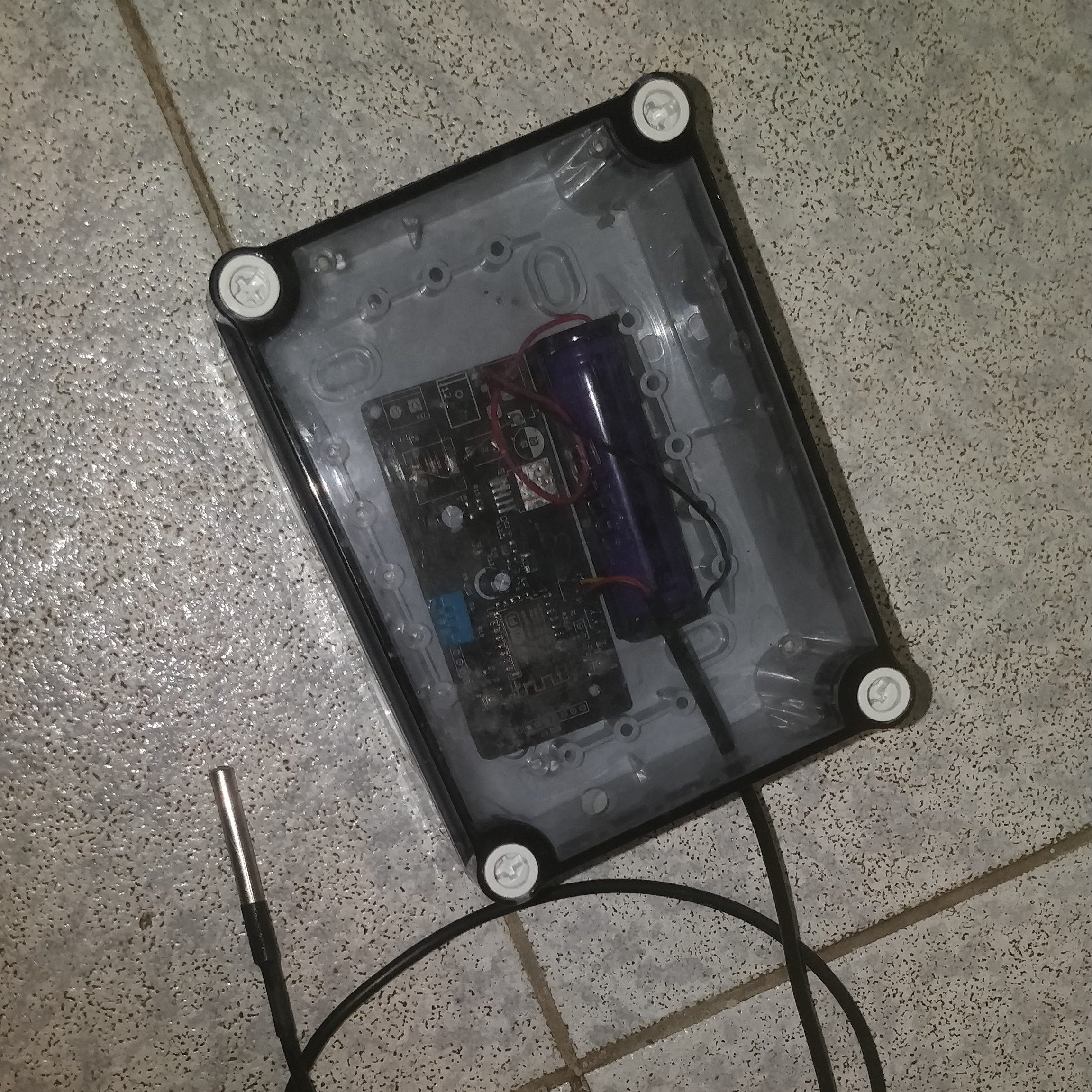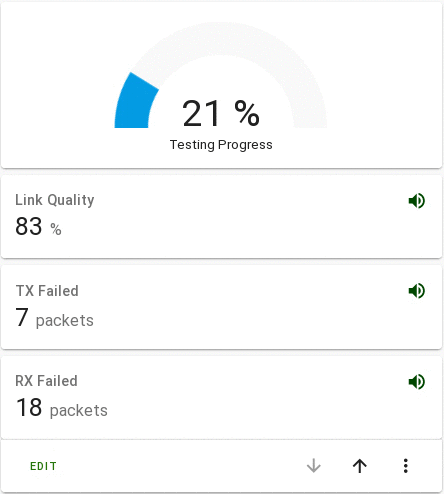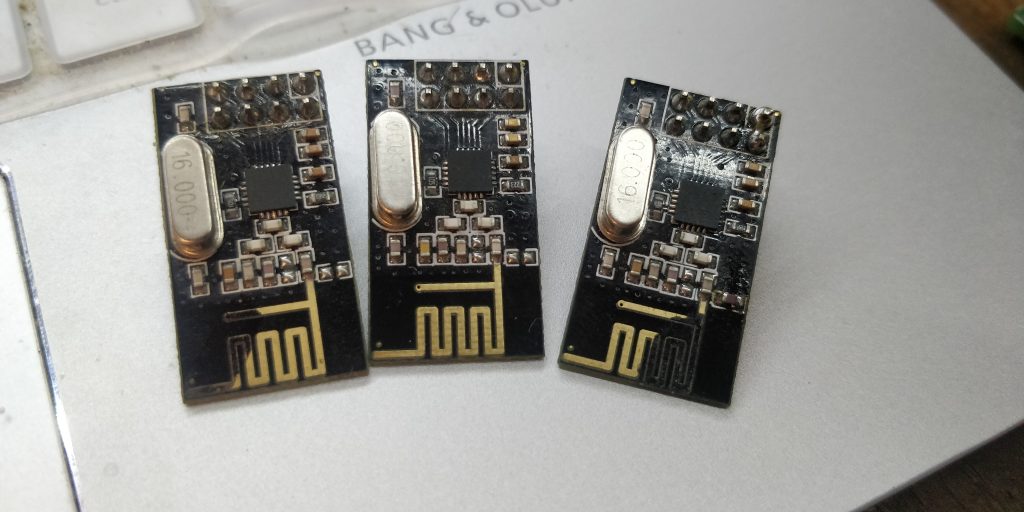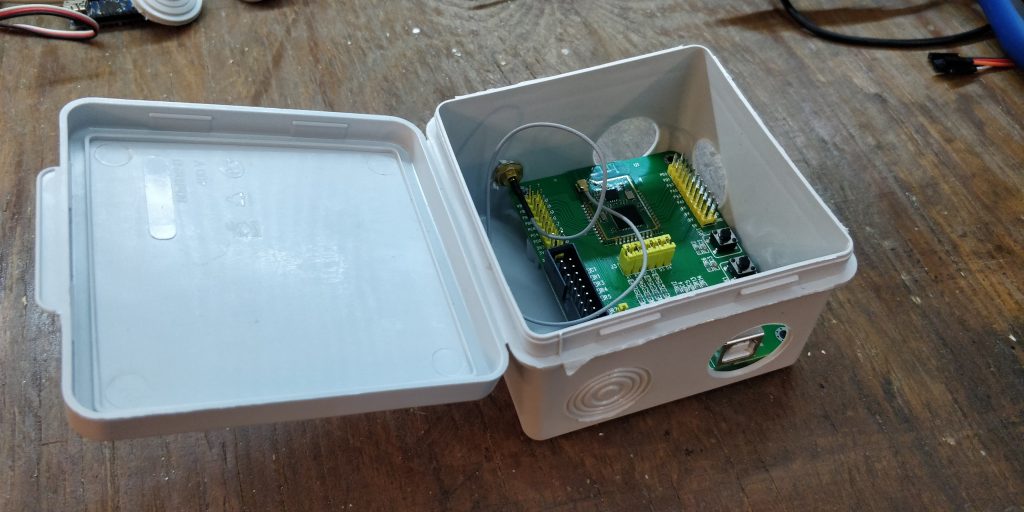A few weeks ago I needed to stock on smart power outlets for my lab. I ordered known WiFi-controlled outlets that have been known by me to contain esp8266, so that I could flash them with esphome. To my surprise, instead of a very well-known esp8266 module. They had some weird CB2S module from Tuya.
Well, shit happens. Seems that I’ve missed yet another round of cheap IoT modules. These have Beken BK7231N modules inside. And are somewhat supported by OpenSource software stack. So our options are: replace the module with an esp8266 one, like what this guy did or deal with it.
